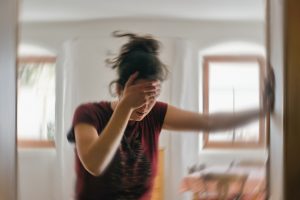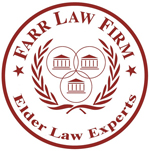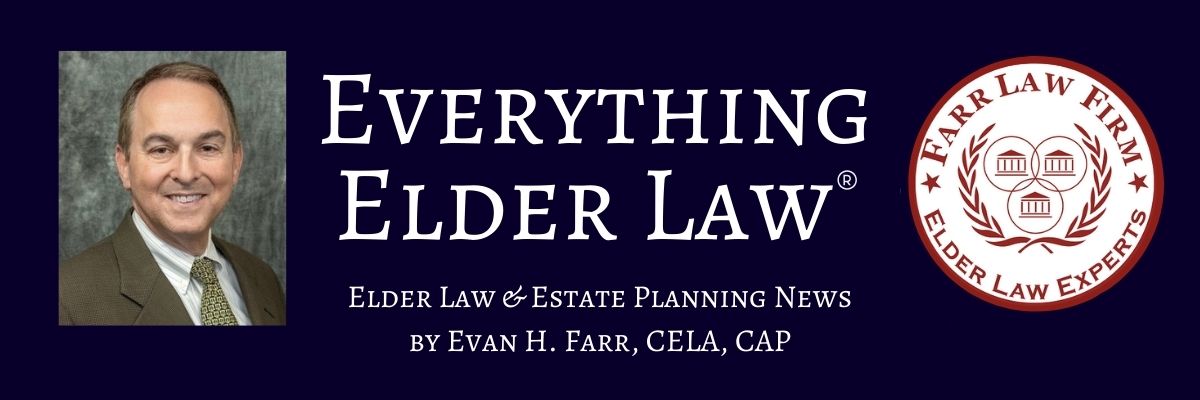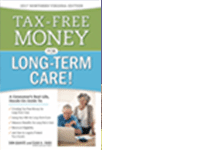 Stroke prevention efforts are most often focused on older adults. That’s because 60% of strokes happen in adults 65 years and older, according to the Centers for Disease Control and Prevention. Many don’t realize that strokes are becoming much more common at a younger age, as well.
Stroke prevention efforts are most often focused on older adults. That’s because 60% of strokes happen in adults 65 years and older, according to the Centers for Disease Control and Prevention. Many don’t realize that strokes are becoming much more common at a younger age, as well.
Let’s look at rapper Kid Cudi, who entered rehab six years ago for severe depression. Two weeks after he entered the facility, he had a stroke and was subsequently hospitalized. It slowed his speech and movements so badly that his manager urged him to step away from music while he underwent weeks of physical therapy to recover. He was 32 at the time.
In Cudi’s situation, the artist described how he went on a two-week cocaine binge before checking himself into rehab. “When you do drugs or smoke, that drives up your blood pressure, and high blood pressure can be a contributing factor [for stroke],” Dr. Kim-Tenser, a neurologist with Keck Medicine of USC, explained.
25 Year Old Hailey Bieber Suffers a Mini Stroke
In another case, 25-year-old Hailey Bieber described in a YouTube video how she had been eating breakfast when she suddenly felt a “weird sensation” from the top of her right shoulder through the tips of her fingers. One side of her face drooped for about 30 seconds, and she lost the ability to speak for some time.
Doctors confirmed that Bieber suffered a transient ischemic attack (TIA) — a brief blockage of blood supply to the brain — often called a “mini-stroke.”
In the days before the TIA, Bieber had flown from Paris to Los Angeles without getting up to walk or move around the plane. Doctors believe that sitting for hours in the plane without walking around could have contributed to the stroke. She’d also recently recovered from COVID-19, which some researchers believe produces blood clots. Finally, she had also begun taking birth control pills, which can also cause blood clots.
Bieber was lucky that her TIA wasn’t worse. In many cases, the lack of awareness of stroke symptoms among young adults makes them less likely to get prompt and life-saving stroke treatment. This puts them at a greater risk for worse outcomes and even loss of life, according to the National Stroke Association. Bieber said she hoped her video would help others understand how to recognize signs of a stroke and share resources for anyone “going through something similar.”
Strokes are Becoming More Common in Younger People
Currently, more than 30% of stroke victims are younger than 65. “The truth is that strokes can occur in anyone — at any age,” says Carolyn Brockington, MD, neurologist at Mount Sinai Hospital. “It is true that the incidence of stroke — meaning the number of strokes — increases as people get older, but it doesn’t mean you can’t have a stroke when you’re young.”
There are two types of stroke: hemorrhagic and ischemic:
- A hemorrhagic stroke occurs when a blood vessel ruptures and causes bleeding in the brain.
- An ischemic stroke occurs when a blood clot blocks a blood vessel or artery, preventing blood from reaching the brain.
Conditions such as high blood pressure, heart disease, and type 2 diabetes are becoming more common in young adults. Each of these conditions increases the risk of atherosclerosis — the hardening and clogging of blood vessels — which also can increase the risk of stroke.
Young adults and even children can have strokes for different reasons than older adults. These reasons can include:
Blood-clotting problems: The major problems causing blood clotting are vitamin K deficiency, liver disease, and disseminated intravascular coagulation, which is when overactive proteins in the blood cause clotting. More uncommonly, as described above in the case of Hailey Bieber, otherwise healthy younger adults might form blood clots from things as simple as a long plane flight or taking oral contraceptives.
Heart problems: Sometimes people who are younger actually have a heart problem that might predispose them to stroke. One example is patent foramen ovale, which is a small hole in the heart that they might not have even known about.
Blood vessel problems: Injuries to the artery may cause a narrowing similar to atherosclerosis. “It’s not that the artery is becoming narrow from plaque, but it’s becoming narrow because it was injured — either through activity or otherwise,” says Dr. Brockington.
Recognize the Symptoms of a Stroke
Being able to recognize a stroke quickly is important at every stage of life, but unfortunately, the belief that stroke only happens to older adults puts younger people at risk.
What Are the Stroke Symptoms In Young Adults
Think of the acronym, BE-FAST:
Balance: Are you experiencing a sudden loss of balance or coordination?
Eyes: Do you have sudden vision loss in one or both eyes or double vision?
Face: Do you notice one side of the face drooping? Ask the person to smile.
Arms: Are you experiencing weakness in one arm? If you raise both arms, does one drift down?
Speech: Is speech slurred? Are you unable to speak, or are you hard to understand? Ask the person to repeat a short sentence like, ‘Go to school.’ Does he repeat the sentence correctly?
Time to ask for help: If you notice any of these symptoms, call 911 and get the person (or yourself if you are experiencing these symptoms) to a hospital immediately.
“Many times, people come in with signs and symptoms of stroke, but they’re told ‘Oh, it can’t be a stroke because you’re so young,’” says Dr. Brockington. “That’s crazy, because it can still be a stroke. If you recognize you’re not feeling well and you’re experiencing the sudden onset of stroke-like symptoms, it’s important to call an ambulance for immediate stroke treatment — regardless of your age or any other factor.”
How to Reduce Your Risk of Stroke
It’s essential not only to know what causes strokes in young people but also to know what to do to reduce your risk of stroke. If you have any risk factors for stroke, talk to your doctor about ways to reduce your risk. You may need to take medication or make lifestyle changes, such as exercise and eating a healthy diet.
A stroke is a medical emergency; the sooner you’re treated, the better your chances of recovery.
Plan in Advance Even When You’re Young
You never know when something could happen, so it’s important for all adults to have incapacity planning documents in place in order to avoid the nightmare of lifetime probate, also known as guardianship and conservatorship. The two vital incapacity planning documents are a general power of attorney and an advance medical directive. Unfortunately, less than a third of the population has completed these vital incapacity planning documents, in part because many younger adults erroneously believing that these documents are only for old people or people with failing health. This often leads to wishes not being met, unnecessary court involvement and supervision because of the intrusive guardianship and conservatorship process of having someone declared incompetent, and tremendous stress, grief, and expense for loved ones.
To avoid this nightmare of lifetime probate, adults of all ages should sign a power of attorney and an advance medical directive. Doing so is the best way to ensure that your wishes are met in the simplest and least expensive manner should you become unable to make important decisions for yourself, whether from a stroke or from any other type of injury, accident, or illness.
If you have not done incapacity planning or estate planning, or if you have a loved one who is nearing the need for long-term care or already receiving long-term care, please contact the Farr Law Firm, P.C. as soon as possible to make an appointment for a consultation:
Fairfax Elder Law: 703-691-1888
Fredericksburg Elder Law: 540-479-1435
Rockville Elder Law: 301-519-8041
DC Elder Law: 202-587-2797














Leave a comment
You must be logged in to post a comment.